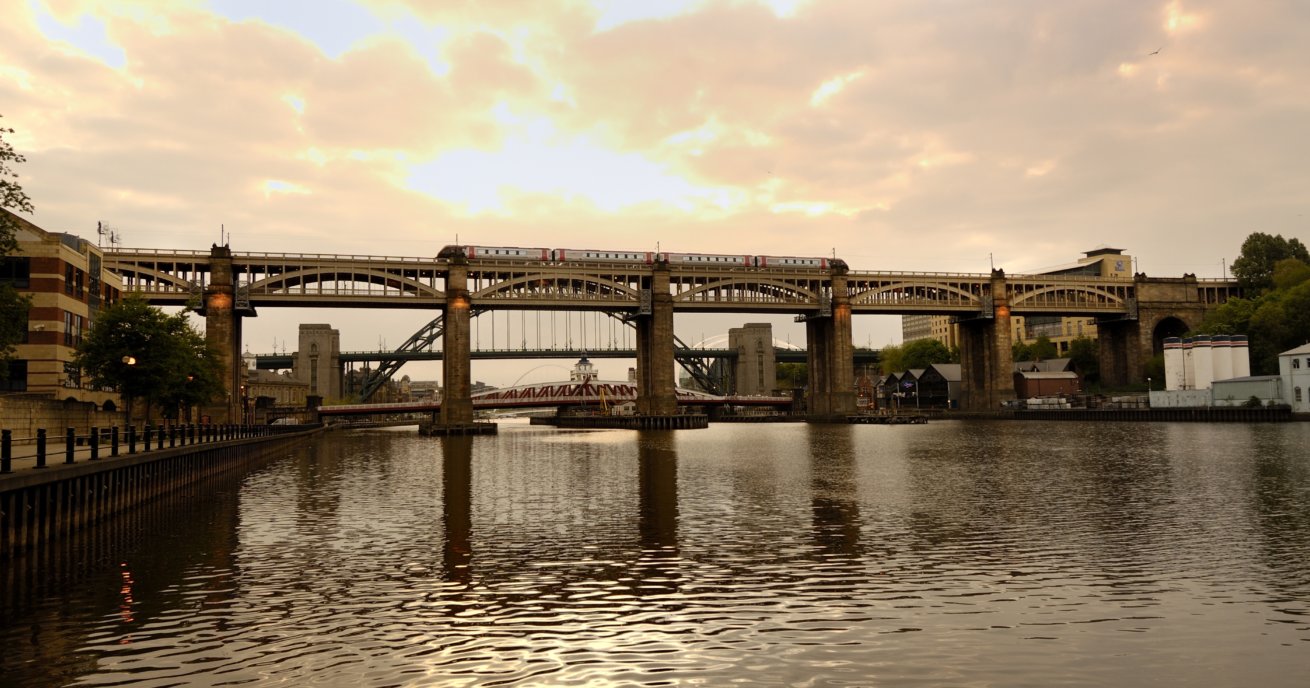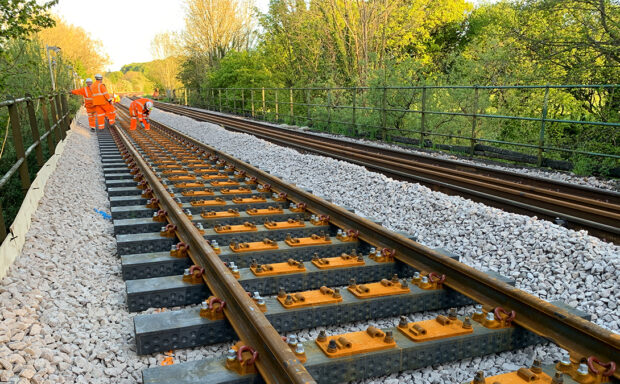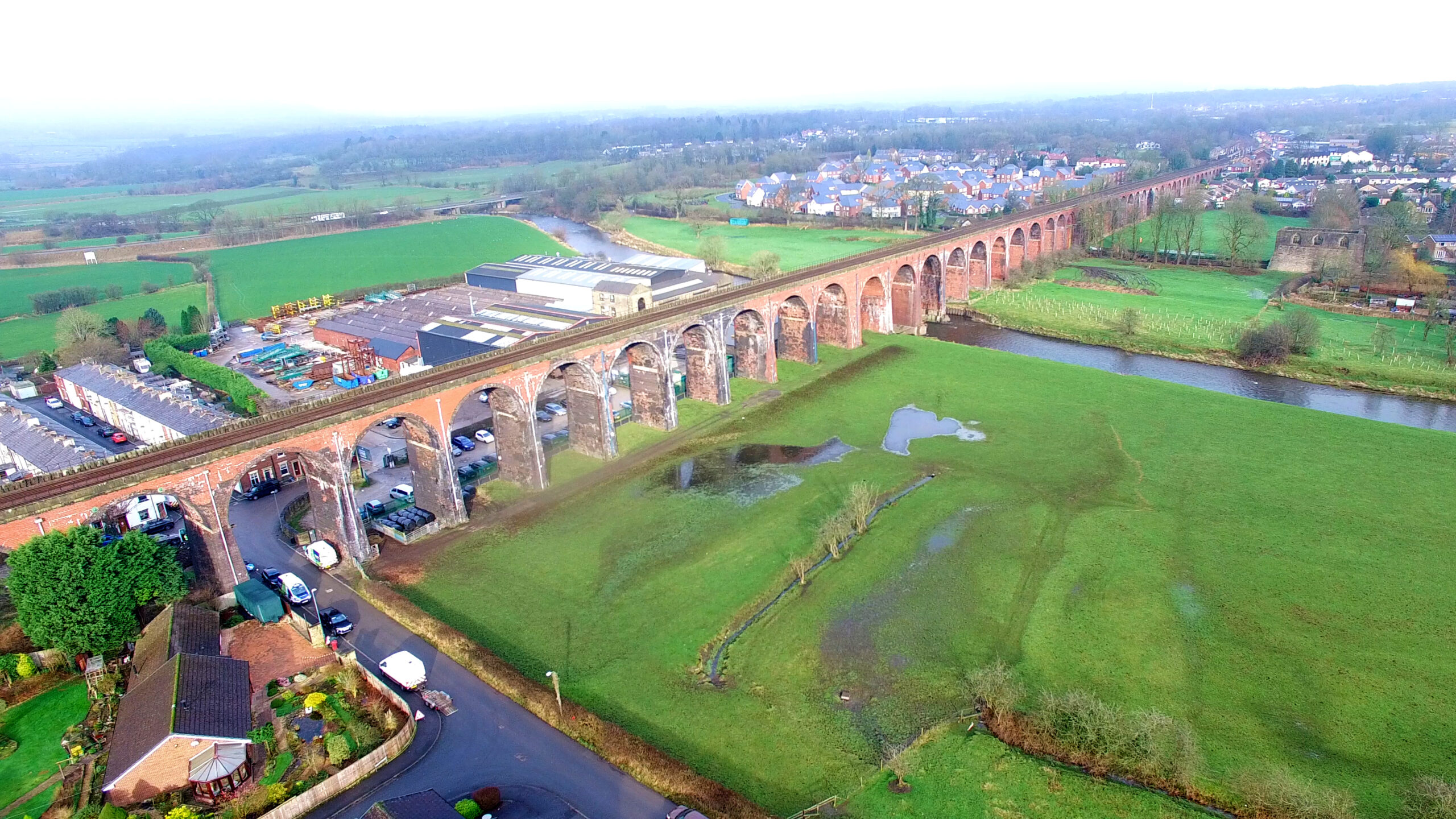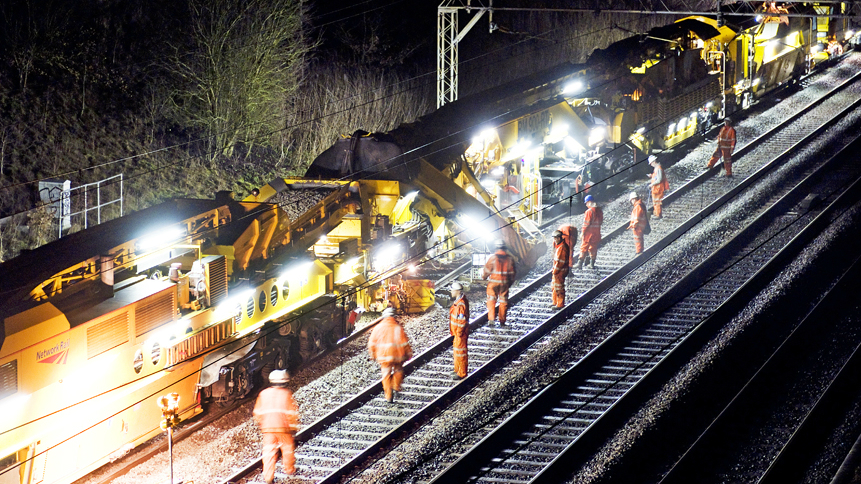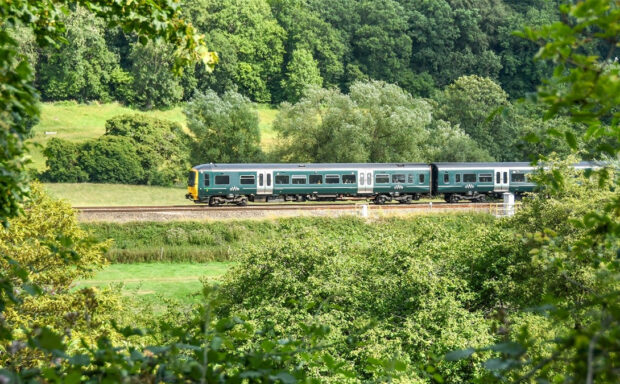A decade ago, we unveiled plaques to mark our award-winning restoration of Robert Stephenson’s High Level Bridge after the project ensured it remained a strategic transport link and cultural landmark.
In August 2009, we placed plaques on the Grade I-listed bridge to mark prizes from heritage organisation Europa Nostra and the National Railway Heritage Awards.
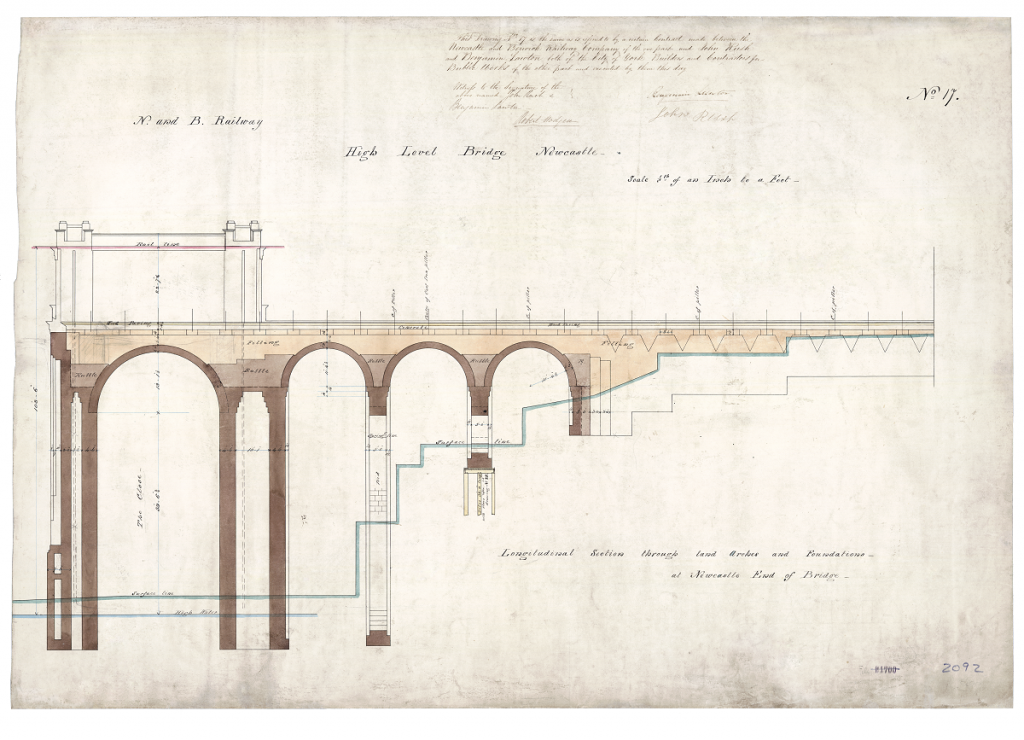
Film: discover the Network Rail archive
Railway bridges, tunnels and viaducts today
That May, the Europa Heritage Europa Nostra Awards, which recognised the project’s “enormously impressive level of engineering professionalism”, had given the restoration a grand prize for conservation.
The awards scheme, jointly organised with the European Commission, celebrates outstanding initiatives in cultural heritage and highlights exceptional restoration and conservation, research and education achievements.
It followed success at the 2008 National Railway Heritage Awards – the High Level Bridge had won the FirstGroup Craft Skills Award, which recognised the best use of traditional craft skills in the restoration of a structure.
In all, the project had received seven prestigious prizes since its completion.
This summer, we celebrate our team’s world-class achievement:
In May 2008, Network Rail and contractor May Gurney completed seven years of complex strengthening and refurbishment works.
The £40m upgrade benefitted rail and road traffic – it was the first structure in the world to carry both, making it one of our most historically significant pieces of infrastructure.
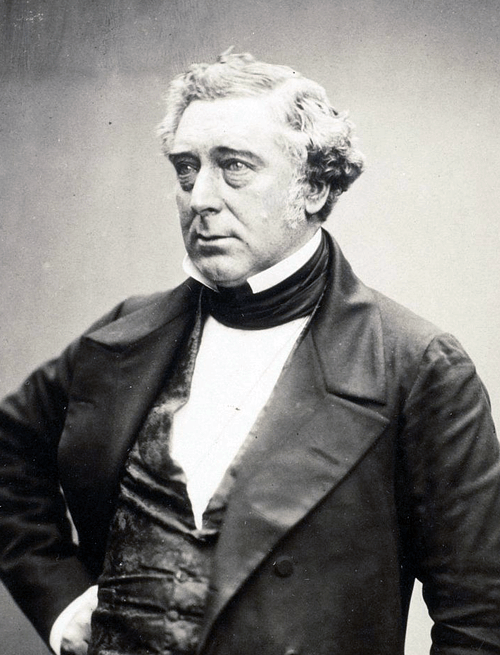
In fact, an image of the bridge was included in an online archive curated for the Great Exhibition of the North last year. The exhibition celebrated the region’s pioneering spirit and included exhibits, live performances and artwork.
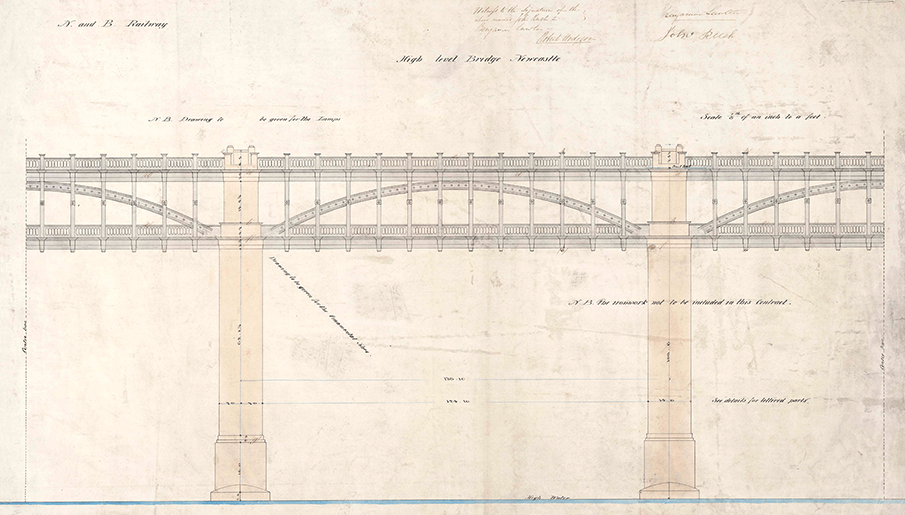
From 2001, Network Rail had undertaken an extensive refurbishment project of the bridge, which strengthened the structure and restored some if its original features.
Councillor Linda Green, Gateshead’s Cabinet member for Culture, said in 2009: “Restoring the High Level Bridge proved to be a much more difficult process than originally thought, and for a while there was a chance that the bridge might never open to the public again.”
Unique challenges
The historic importance of the bridge and the amount of road and rail traffic using it each day required a sensitive approach to the repair project.
In addition to vital strengthening, it included work such as the repainting and restoration of the cast iron lamp stands.
Built in the late 1840s, the bridge had a tied arch – or bow-string – with the main structural elements made of either cast or wrought iron.
It had six spans, each 125ft (38m) in length, with the cast iron bows supporting the railway and wrought iron ties supported the road deck below.
Original drawings of the High Level Bridge from the Network Rail archive
John Wilkinson, managing director of major projects at May Gurney, said at the time: “All the methods and solutions we used to repair the defects on the bridge were chosen to preserve the original look and feel and had to be acceptable to conservationists.
“Thorough testing of the cast iron components and a trawl back through 150 years of train timetables to gauge the weight and frequency of the locomotives that have used the bridge enabled us to minimise the amount of intrusive and costly strengthening work that needed to be carried out.
“This meant we were able to keep the bridge open for use, saving Network Rail considerable expense and avoiding serious disruption to the users.”
Tim Abbott, project manager at engineering consultancy Mott MacDonald said the need to design strengthening works to satisfy the bridge’s structural requirements while complying with conservation principles made the restoration particularly challenging.
Preserving railway history: five things saved by Network Rail
Network Rail graduates step into history
Step back in time… and inside Britain’s busiest signal box
Incredible Stephenson railway history rediscovered
